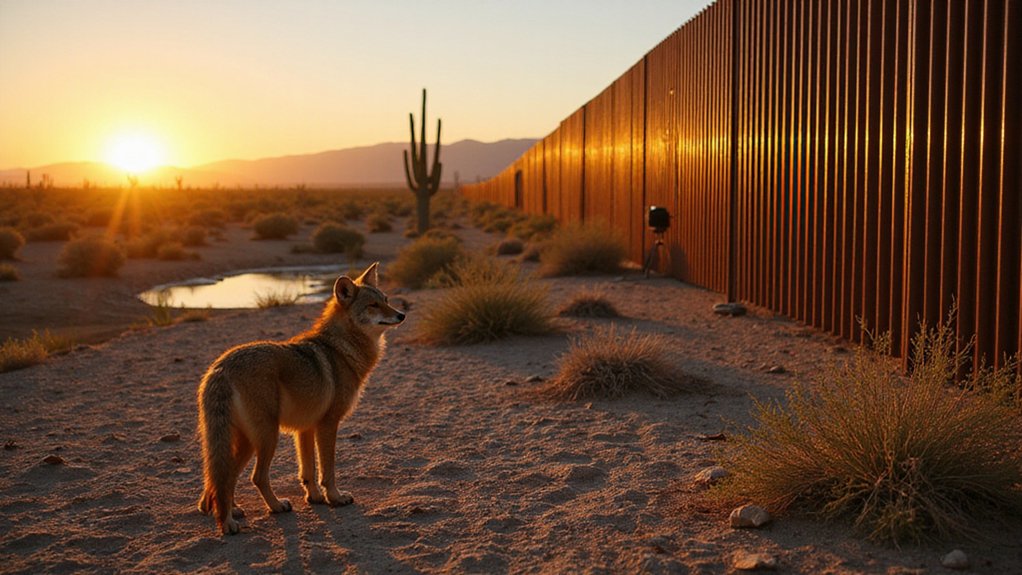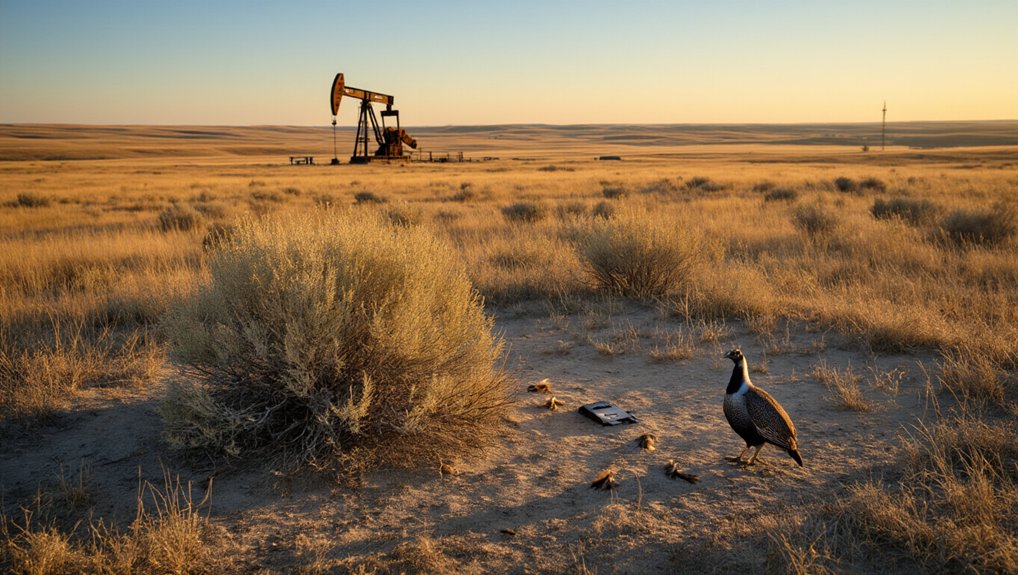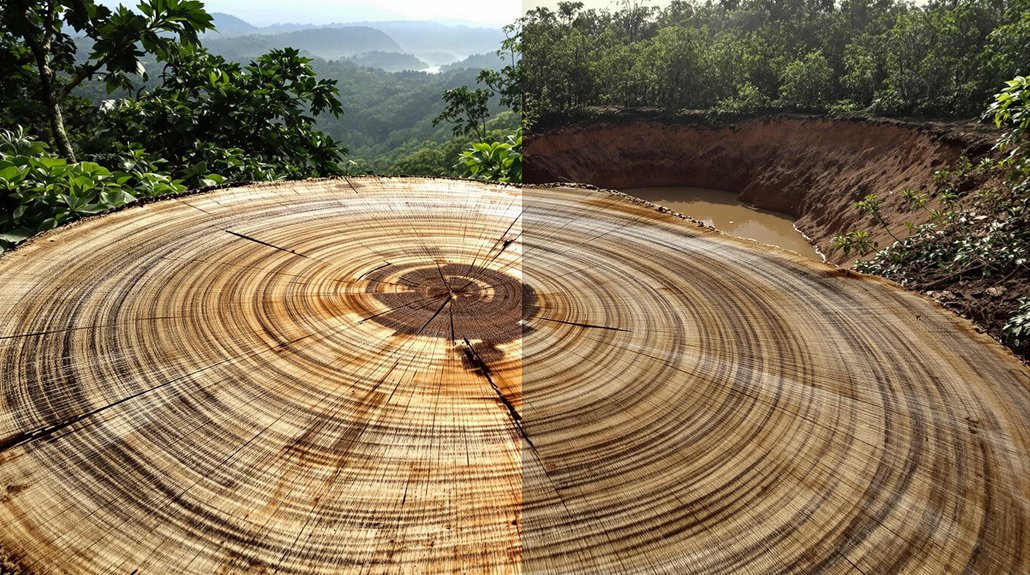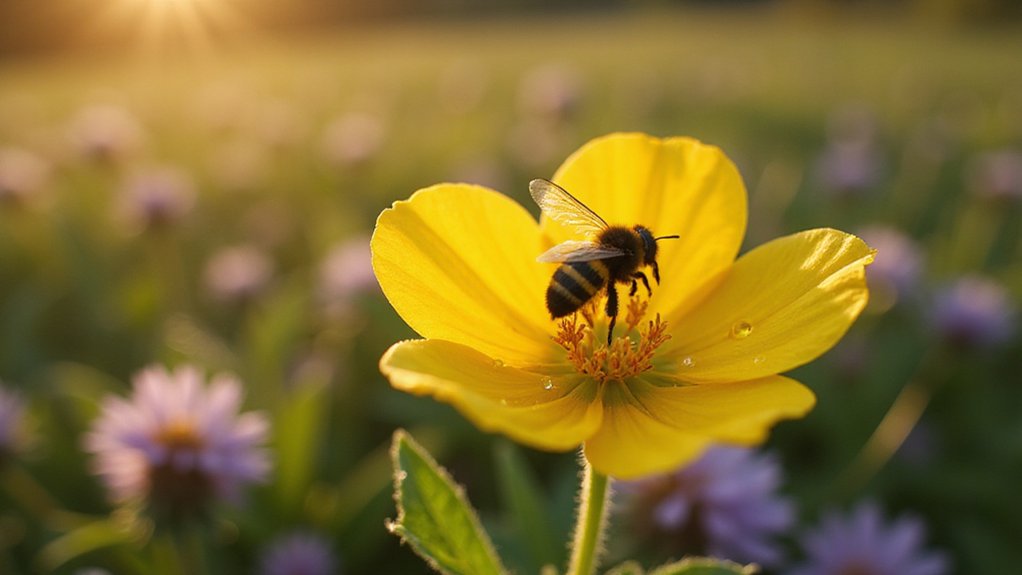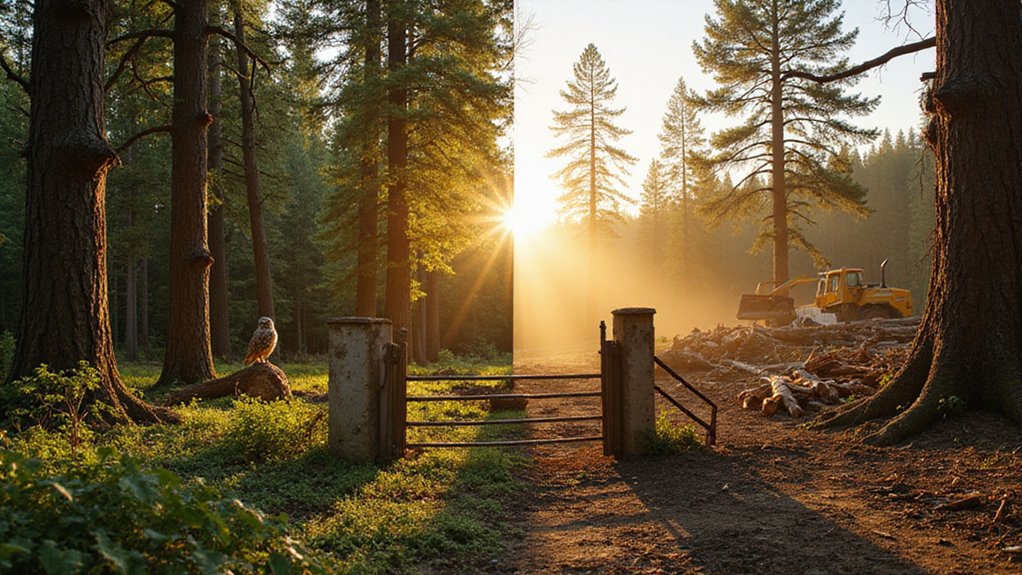The towering steel barrier along the U.S.-Mexico border has created a nearly impenetrable wall for wildlife, according to recent research. A study published in Frontiers in Ecology and Evolution in November 2024 revealed an alarming 86% reduction in successful wildlife crossings compared to previous vehicle barriers. Only 9% of wildlife interactions with the border wall led to successful crossings.
The bollard-style steel wall, standing between 18 and 30 feet tall with spaces just four inches wide between posts, now covers more than 630 miles of the U.S.-Mexico border. This includes over 60% of Arizona’s border with Mexico. While designed to prevent human crossings, the wall has effectively blocked large wildlife movement as well.
The imposing border wall spans 630 miles, creating an unintended ecological barrier where wildlife can no longer freely roam.
Large animals like black bears, mountain lions, deer, and wild turkeys experienced a complete blockage, with a 100% reduction in crossings. Researchers collected hundreds of videos showing large wildlife species attempting but failing to cross the barrier. Camera traps documented animals repeatedly trying to navigate the wall without success.
The U.S.-Mexico borderlands host some of North America’s most biodiverse ecosystems. The region is home to numerous species including pronghorn, jaguar, Mexican gray wolf, ocelot, and javelina. A University of Arizona study identified 52 mammal species in the border area. The wall affects an estimated 1,506 native animal and plant species along the boundary.
Small wildlife passages have proven somewhat effective, facilitating 16.7 times more crossings at the border wall. However, only 13 such passages exist along more than 130 km of continuous border wall. These openings helped small-to-medium-sized animals like javelina and coyote but failed to accommodate larger mammals. Scientists emphasize that larger and frequent openings are essential for maintaining habitat connectivity and species survival in this harsh environment.
Ground-hugging bird species like Ferruginous Pygmy-Owls, Greater Roadrunners, and Scaled Quail are unlikely to fly over the wall. Additionally, floodlights associated with border infrastructure may impact wildlife behavior and movements.
The research, conducted by Wildlands Network and Sky Islands Alliance using wildlife cameras along 100 miles of border, highlights how the wall fragments habitat and isolates populations on either side of the international boundary. The construction has devastated critical water access, with animal skeletons found on the Mexican side where wildlife died from dehydration after being cut off from water sources.
References
- https://www.wildlandsnetwork.org/news/new-study-reveals-an-86-reduction-in-wildlife-crossings-at-the-border-wall-our-experts-explain-why
- https://knowablemagazine.org/content/article/food-environment/2024/the-impact-of-the-us-mexico-border-wall-on-biodiversity
- https://www.audubon.org/magazine/border-wall-has-been-absolutely-devastating-people-and-wildlife
- https://www.wildlandsnetwork.org/newsroom/us-mexico-border-wall-severely-impacts-movements-of-large-wildlife-reducing-successful-wildlife-crossings-by-86nbsp
- https://www.frontiersin.org/journals/ecology-and-evolution/articles/10.3389/fevo.2024.1487911/full
